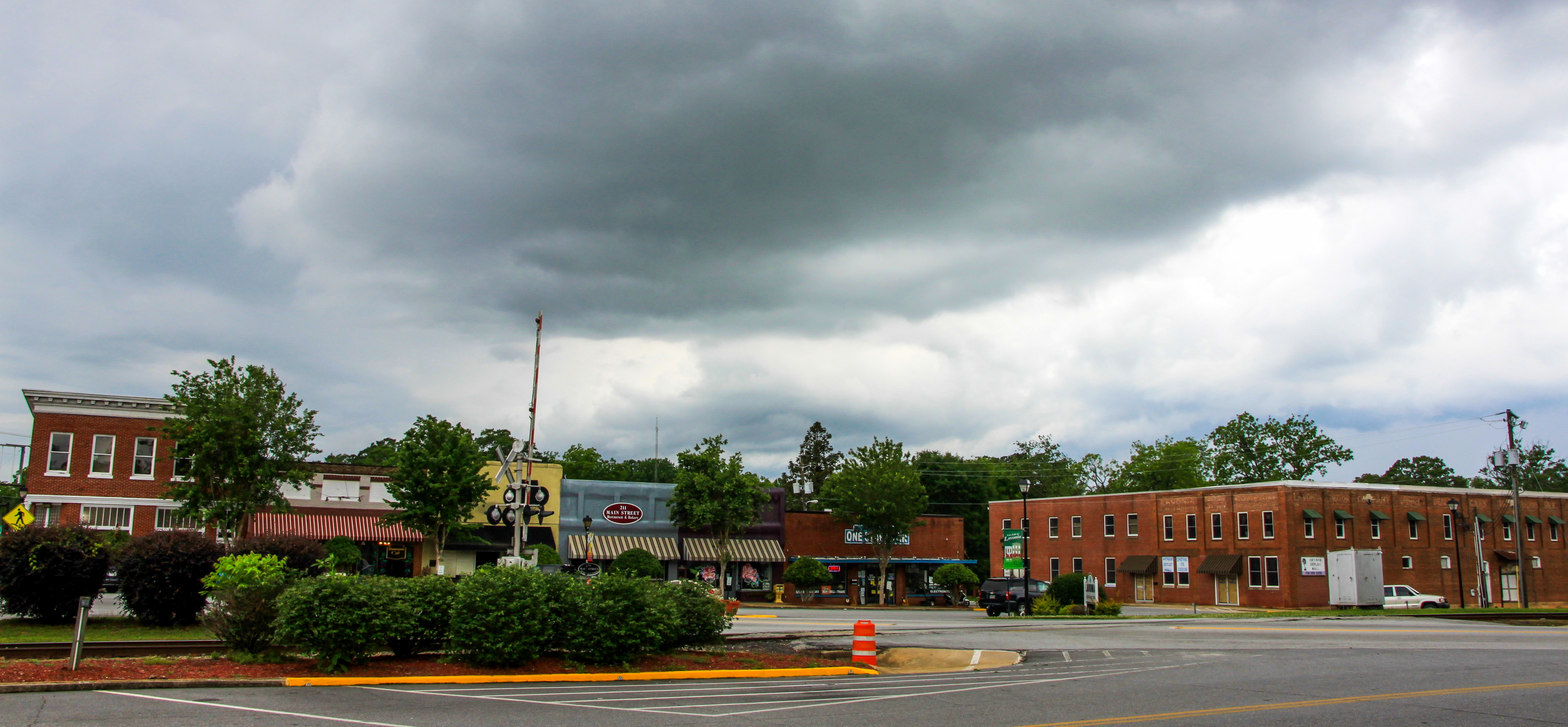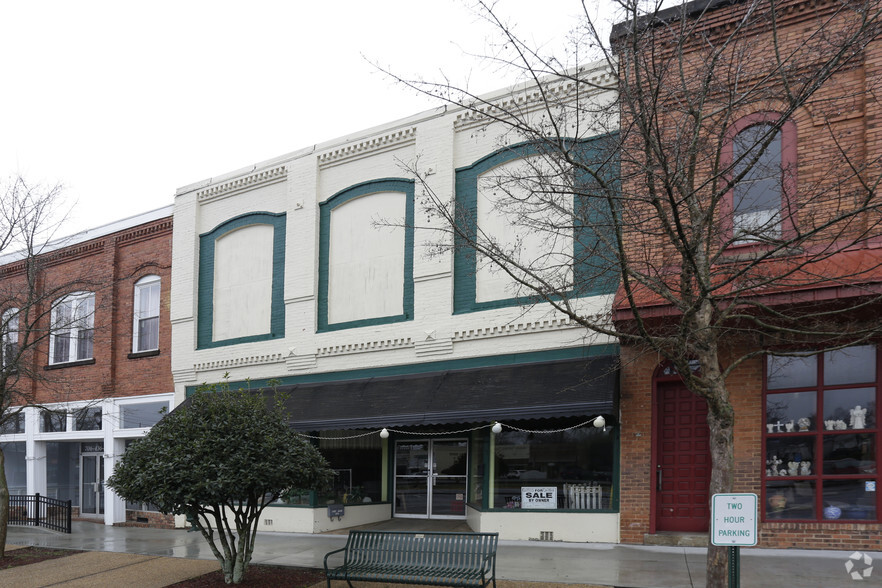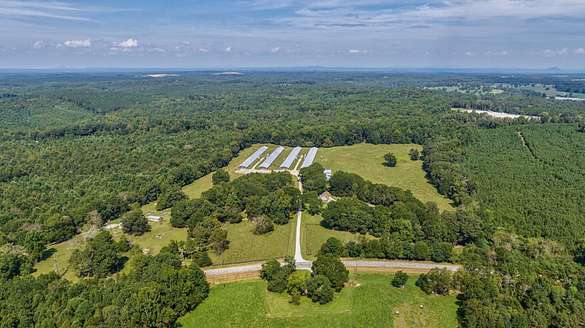
Table of Contents
Introduction
Nestled in the foothills of Northeast Georgia, Lavonia is a charming small town rich with history and community spirit. At the heart of this town lies its Historic Main Street — a place that has witnessed over a century of transformation, growth, and resilience. Far beyond just a road or business district, Lavonia’s Main Street tells the story of the people who shaped the town’s identity through their work, celebrations, challenges, and dreams.
This article invites you on a journey through time to explore the origins, architectural beauty, social significance, and revitalization efforts that define Lavonia’s Main Street today. Whether you are a local, a history enthusiast, or a curious traveler, understanding the legacy of this historic corridor reveals why it remains the cultural and economic backbone of the community.
Early Development of Main Street

Lavonia’s story as a town began in the late 19th century, closely intertwined with the expansion of the railroad industry. Founded officially in 1880, Lavonia’s strategic location along the Southern Railway line rapidly transformed it from a quiet rural area into a vital transportation hub. This development naturally sparked the creation of a business district that centered on what is now Main Street.
In these early days, Main Street quickly evolved into the town’s primary commercial artery. Local entrepreneurs opened general stores, banks, eateries, and service shops, catering to both residents and travelers arriving by train. The street also housed essential community institutions such as the post office, town hall, and churches.
The layout of Main Street reflected practical needs and the bustling energy of a growing town: broad sidewalks accommodated foot traffic, while storefront windows displayed goods ranging from fresh produce to farming tools. This vibrant strip became the pulse of Lavonia, where commerce and community life merged.
Architectural Highlights and Historic Buildings

One of the most captivating aspects of Lavonia’s Main Street is its array of historic architecture — a visual narrative of the town’s economic ups and downs and evolving styles.
The Lavonia Depot
At the eastern end of Main Street stands the Lavonia Depot, a building that played a pivotal role in the town’s origin story. Constructed in the late 1800s, the depot served as the main railroad station, facilitating passenger travel and freight shipments. Its design is typical of Southern Railway depots of the era, featuring sturdy brickwork, wide eaves, and functional yet inviting spaces.
Today, the depot is a cherished landmark, reminding residents and visitors alike of the railroad’s critical role in shaping Lavonia’s development. Preservation efforts have maintained the building’s historic character, and it often serves as a focal point during local heritage events.
Early 20th-Century Storefronts
Walking along Main Street, one notices many brick storefronts dating back to the early 1900s. These structures are characterized by large display windows framed by detailed brick cornices and recessed entries — architectural choices designed to attract customers and display merchandise prominently.
Some buildings feature classic elements such as transom windows, decorative brick patterns, and metal awnings, providing both aesthetic charm and functional benefits like shade and ventilation. These storefronts tell stories of family-run businesses, general stores, pharmacies, and specialty shops that served Lavonia’s community for decades.
Churches and Civic Buildings
Interspersed along or near Main Street are historic churches and civic buildings that contributed to Lavonia’s social fabric. Their architecture often includes Gothic Revival or Romanesque influences, with pointed arches, stained glass windows, and stone facades.
These structures provided more than spiritual guidance; they acted as gathering spaces for education, charity, and community decision-making, reinforcing Main Street’s status as the town’s central hub.
The Role of Main Street in Community Life

Main Street in Lavonia is much more than a collection of buildings and businesses — it is the beating heart of the town’s social life, cultural identity, and shared memories. Through decades, this street has served as a central stage where the rhythms of daily life and special moments unfold side by side.
A Hub for Social Interaction
In smaller towns like Lavonia, Main Street often functions as the primary place for residents to meet, exchange news, and maintain social bonds. Unlike in big cities where interactions can be fleeting and impersonal, here people recognize faces, stop for conversations, and genuinely care about one another’s well-being.
Local businesses such as cafés, diners, and barbershops on Main Street become informal gathering spots where stories are told, local news is exchanged, and friendships are nurtured. The “water cooler” culture of corporate offices finds its rural counterpart here — in the familiar, warm environment of Main Street’s public spaces.
Community Events and Traditions
Main Street has traditionally been the epicenter for Lavonia’s community events, which are pivotal in creating a shared sense of belonging and pride. Seasonal festivals, such as summer fairs and holiday parades, transform the street into a lively venue filled with music, laughter, and color.
These events are not just entertainment; they reinforce community values and continuity. For instance, the annual Christmas parade that winds down Main Street invites participation from local schools, churches, and civic groups, connecting generations through shared celebration.
Farmers markets, craft fairs, and art shows held on Main Street provide spaces for local artisans and producers to showcase their work, encouraging local entrepreneurship while celebrating Lavonia’s cultural heritage.
Read Also: The Hidden Legacy of Lavonia’s Historic Churches: The Big Pillars of Community and Culture
Support for Local Economy and Entrepreneurship
Small businesses on Main Street have historically been owned and operated by locals who understand and respond to community needs. This fosters an economic ecosystem that is deeply intertwined with social ties — customers support friends and neighbors, and business owners in turn contribute to local causes and events.
Such interconnectedness helps preserve the town’s unique character and keeps economic benefits circulating within the community, rather than flowing out to large chains or distant corporations.
Education and Civic Engagement
Main Street also hosts important institutions that contribute to the community’s civic life. Churches, town halls, and community centers along or near Main Street provide venues for education, public meetings, and social services.
They are places where citizens gather to discuss local issues, plan improvements, and volunteer — reinforcing democratic participation and a sense of ownership over Lavonia’s future.
Resilience Through Change
Over the years, as economic shifts and modern developments posed challenges to small towns across America, Lavonia’s Main Street adapted while preserving its core role as a community anchor. Local residents and leaders have worked tirelessly to maintain this vibrant social hub, recognizing that Main Street is integral to the town’s identity and quality of life.


